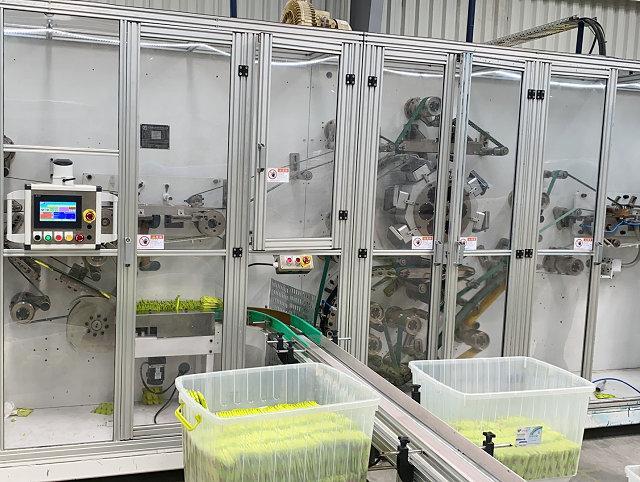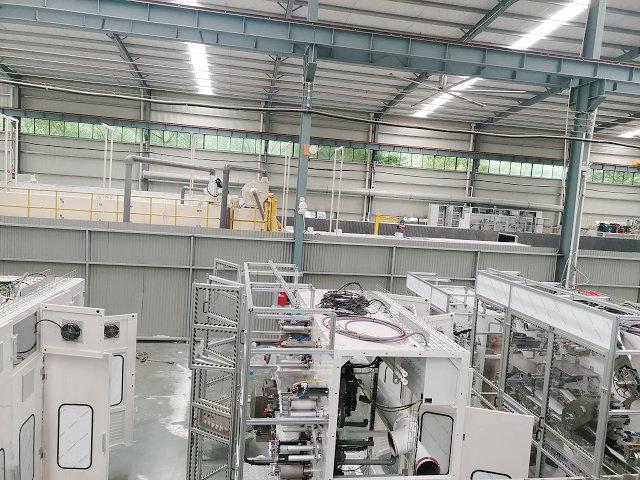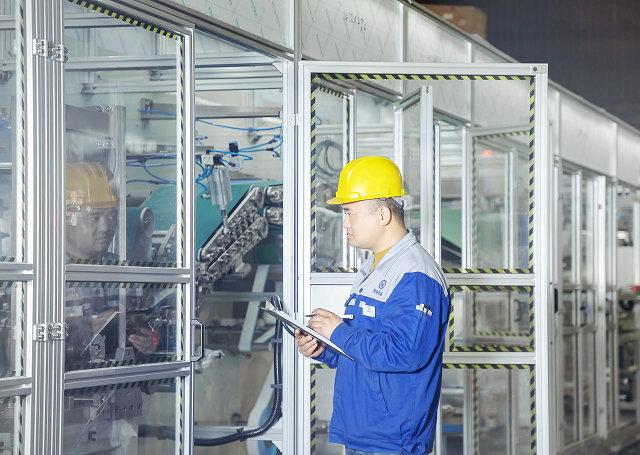Author:Haina Machinery Factory FROM:Diaper Machinery Manufacturer TIME:2023-07-24
Essential Product Knowledge for Diaper-Making Machines

The diaper industry plays a crucial role in ensuring the hygiene and comfort of infants and adults alike. To meet the growing demand for diapers, manufacturers rely on advanced diaper-making machines. These machines are designed to produce high-quality diapers efficiently and with precision. However, to operate these machines effectively, it is essential to have a deep understanding of the various components and processes involved. In this article, we will explore the essential product knowledge required for operating diaper-making machines.

Before delving into the intricacies of diaper-making machines, it is crucial to understand the raw materials used in the manufacturing process. Diapers typically consist of three layers: the top sheet, absorbent core, and back sheet. The top sheet, often made of non-woven fabric, provides a soft and comfortable surface that is in direct contact with the skin. The absorbent core, made of fluff pulp and superabsorbent polymer (SAP), absorbs and locks away liquid. Finally, the back sheet, typically made of breathable polyethylene film, prevents leakage and keeps the diaper dry. Understanding the properties and characteristics of these materials is vital for maintaining product quality.

A diaper-making machine consists of various components that work together to transform raw materials into finished diapers. These components include the unwind station, tension control system, forming system, cutting unit, and stacking system. The unwind station holds the roll of raw material and feeds it into the machine at a controlled speed. The tension control system ensures consistent material tension throughout the process. The forming system shapes the individual layers and assembles them into a diaper. The cutting unit cuts the diaper into the desired shape and size. Finally, the stacking system collects and stacks the finished diapers. Thorough knowledge of these components is essential for troubleshooting and optimizing machine performance.
The machine processes involved in diaper production include web formation, elastic application, glue application, and cutting. Web formation refers to the process of combining the top sheet, absorbent core, and back sheet into a unified structure. Elastic application involves attaching elastic bands to impart a snug fit around the baby's legs. Glue application secures the different layers together. Lastly, cutting the diapers into their final shape completes the manufacturing process. Understanding the sequence and parameters of these processes ensures the production of diapers that meet the desired quality standards.
In conclusion, operating diaper-making machines requires comprehensive knowledge about the raw materials, machine components, and manufacturing processes involved. This knowledge is crucial for ensuring the production of high-quality diapers that meet the hygiene and comfort needs of infants and adults. By acquiring the essential product knowledge outlined in this article, operators can optimize machine performance and contribute to the efficient production of diapers.
